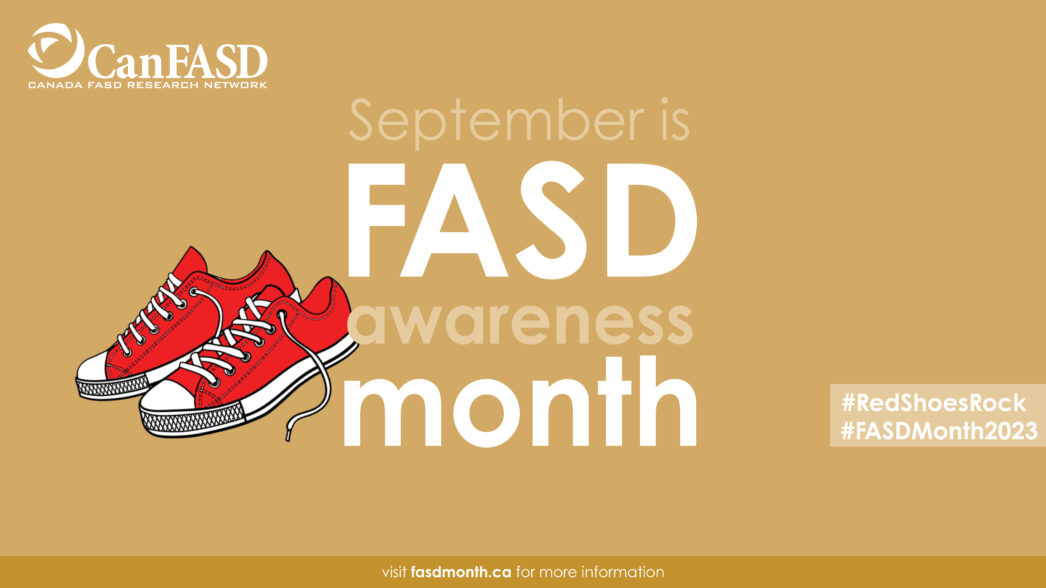FASD Month is underway! Our theme this year is Uniting Our Strengths: Finding Solutions Together. But what does this mean in practice?
At CanFASD, we strive to create evidence-based solutions. Our research team gathers data and evidence to better understand a problem and uses this research to create and test solutions. We can’t do it alone. Our organization works with people across the country, from many different backgrounds, to generate research and find ways to apply it. Some of the best projects incorporate the most voices.
In honour of FASD Month, we want to share some of the research projects we have on the go that are bringing together people and organizations with unique strengths to come up with effective solutions. Today’s feature is the Psychotropic Medication Algorithm for Fetal Alcohol Spectrum Disorder.
Medication for People with FASD
Medication can often help reduce or eliminate some of the symptoms that a person is experiencing. However, up until the development of this resource, clinicians had no guidelines to help them make decisions about what medication they should give people with FASD or neurobehavioral disorders. As a result, families reported that people with FASD were often being prescribed too many medications and those medications often didn’t work as expected.
Families and clinicians alike were calling for solutions to ensure people with FASD receive the appropriate medication. In response, researchers at CanFASD, in partnership with other organizations came up with the Psychotropic Medication Algorithm.
What is the Psychotropic Medication Algorithm?
The Psychotropic Medication Algorithm was developed to guide clinicians as they see patients with FASD and Neurobehavioural Disorders associated with Prenatal Alcohol Exposure (ND-PAE).
The medication algorithm is a step-by-step instruction manual that helps clinicians make decisions about what medications to give a patient with FASD/ND-PAE. It is the first-ever treatment recommendation for this population.
Since its launch in 2018, the medication algorithm has been one of our most successful resources. We’ve heard anecdotally from clinicians at the Canadian Paediatric Society conference that they use and recommend this resource regularly in their practice. It was the most downloaded resource on our website last year and is consistently one of our top five most viewed webpages. We’ve heard from families about its use, one individual citing it as an enormous success that stopped aggression in their household.
How did this project come about?
Some families and caregivers through CanFASD’s Family Advisory Committee (FAC) shared their concerned about the use of medication among their loved ones. Dr. Mansfield Mela, CanFASD’s Diagnostic Co-Lead and his team worked with the FAC to put together a group of experts, mainly north American and those experts come from FASD and non-FASD professions. The group met 4 times to review the literature and shared our experiences related to the topic.
Dr. Mela and a team of 12 multidisciplinary international experts spent over two years developing the decision-tree style medication algorithm. First, the team did a review of all the research literature on FASD and psychiatric medication. They summarized the results and gave them to a panel of experts to review.
The expert panel was led by a family member of an individual with FASD and consisted of top experts who had experience working with patients with FASD, including physicians from psychiatry, pediatrics, and family medicine. Alongside, these experts were an algorithm developer, pharmacologist, and research coordinator. Together, they created the medication algorithm.
The success of this resource is a direct result of community need and collaboration. Be sure to stay tuned this FASD Month, to see what other collaborative projects are currently ongoing in the field of FASD!

